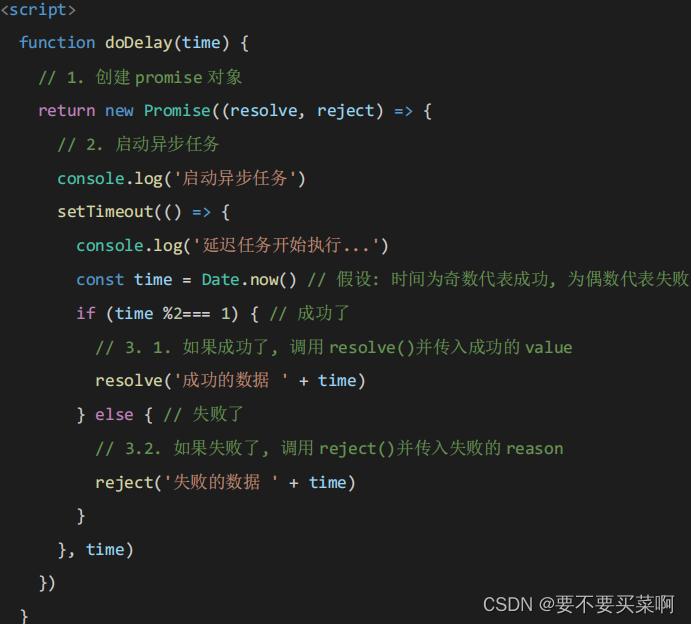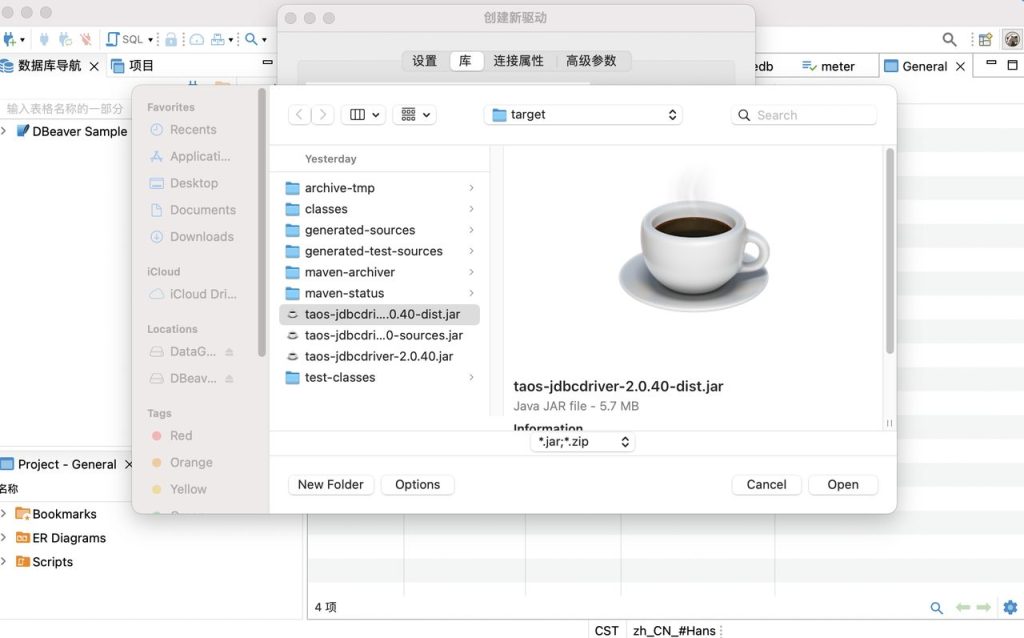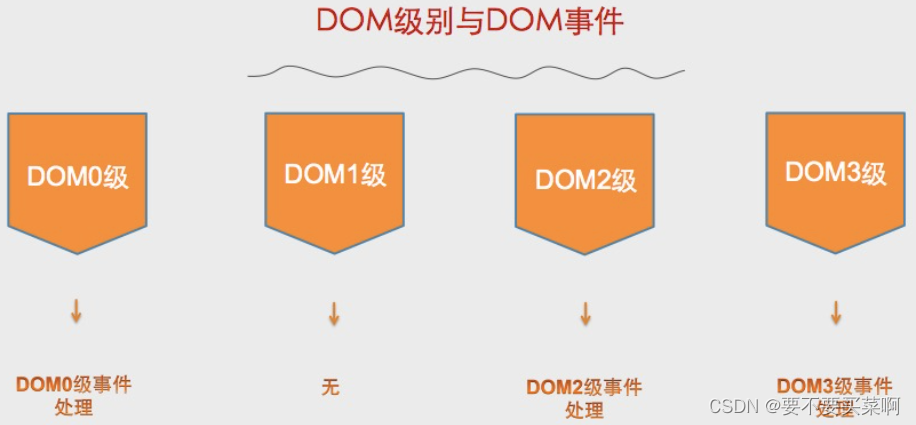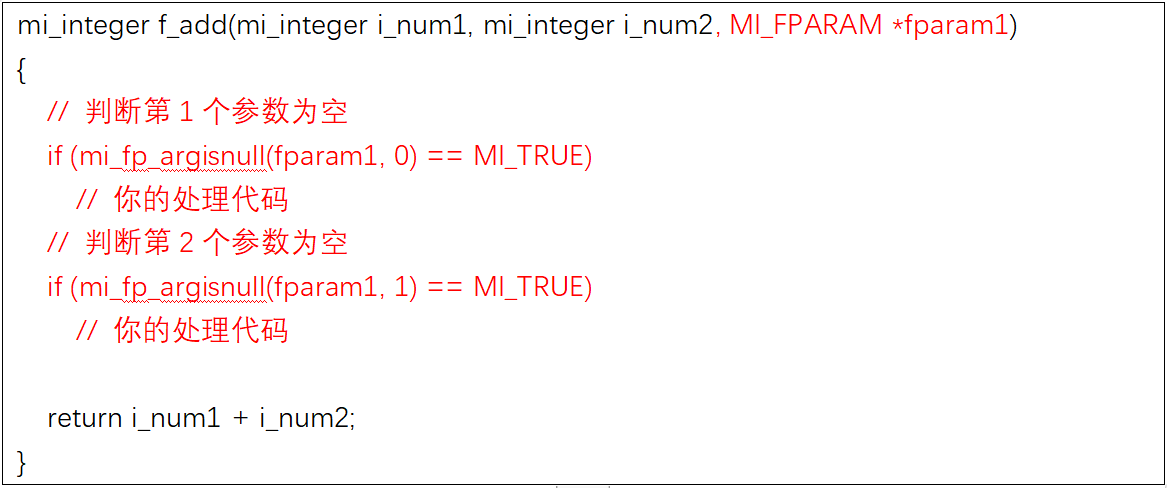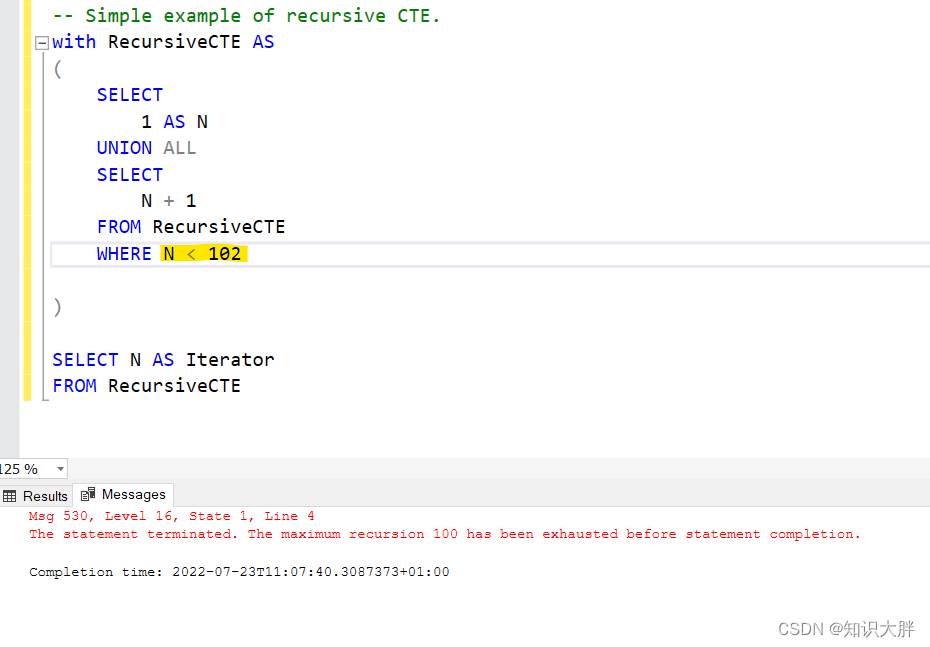当前位置:网站首页>Depth study of 100 cases - convolution neural network (CNN) to realize the clothing image classification
Depth study of 100 cases - convolution neural network (CNN) to realize the clothing image classification
2022-08-03 10:33:00 【Ding Jiaxiong】
活动地址:CSDN21天学习挑战赛
深度学习100例——卷积神经网络(CNN)服装图像分类
文章目录
1. 前期准备工作
我的环境:
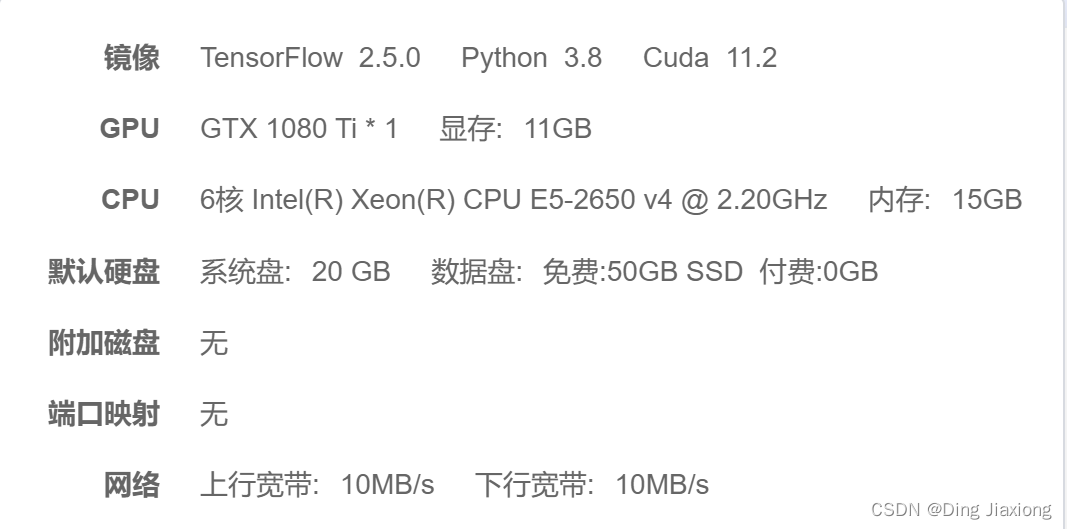
1.1 设置GPU
import tensorflow as tf
gpus = tf.config.list_physical_devices("GPU") # tf.config.list_physical_devices# 获得当前主机上某种特定运算设备类型(如 GPU 或 CPU )的列表
if gpus:
gpu0 = gpus[0] #如果有多个GPU,仅使用第0个GPU
tf.config.experimental.set_memory_growth(gpu0, True) #设置GPU显存用量按需使用
tf.config.set_visible_devices([gpu0],"GPU") # 设置可见设备列表

There is only one current machineGPU
1.2 导入数据
import tensorflow as tf
from tensorflow.keras import datasets, layers, models
import matplotlib.pyplot as plt
(train_images, train_labels), (test_images, test_labels) = datasets.fashion_mnist.load_data()

查看一下数据
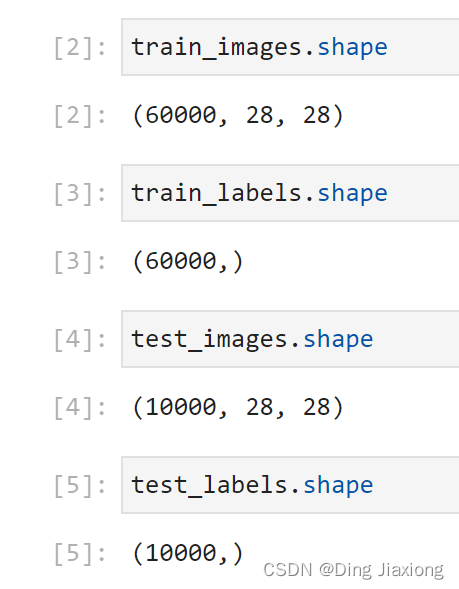
(train_images, train_labels) → 训练集
(test_images, test_labels) → 测试集
和mnist数据集类似,60000个训练样本,10000个测试样本,且70000张图片均是28 x 28的像素图.
The pixel value of each image is between 0 - 255 之间,标签是整数数组,介于 0 - 9 之间.
Label correspondence table:
| 标签 | 类 | 标签 | 类 |
|---|---|---|---|
| 0 | T恤 | 5 | 凉鞋 |
| 1 | 裤子 | 6 | 衬衫 |
| 2 | 套头衫 | 7 | 运动鞋 |
| 3 | 连衣裙 | 8 | 包 |
| 4 | 外套 | 9 | 短靴 |
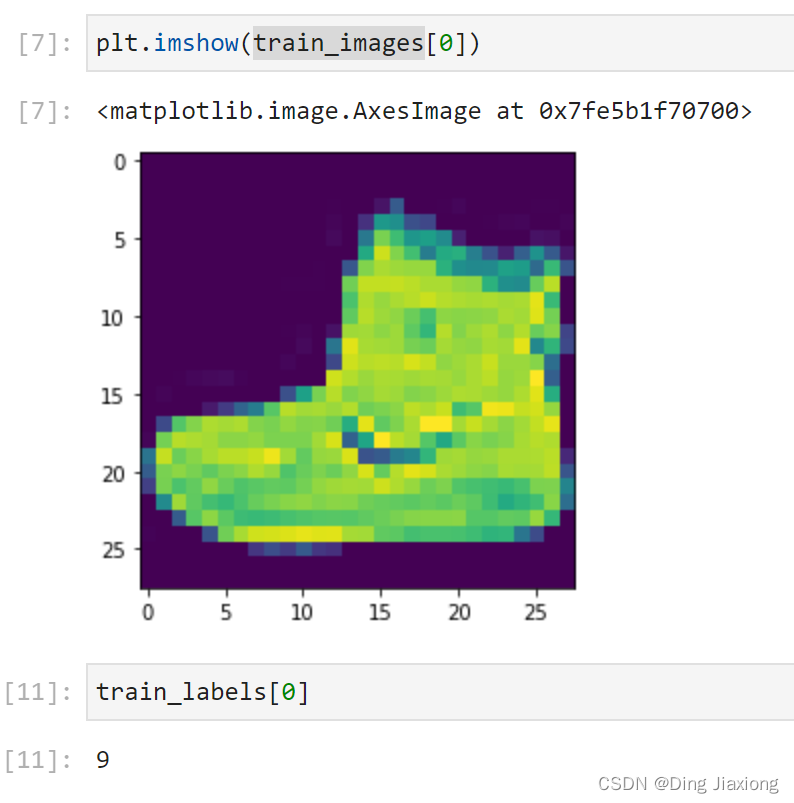
1.3 数据归一化
→ Normalize the pixel's value to 0 - 1的区间内.
train_images, test_images = train_images / 255.0, test_images / 255.0
train_images.shape,test_images.shape,train_labels.shape,test_labels.shape
归一化前:
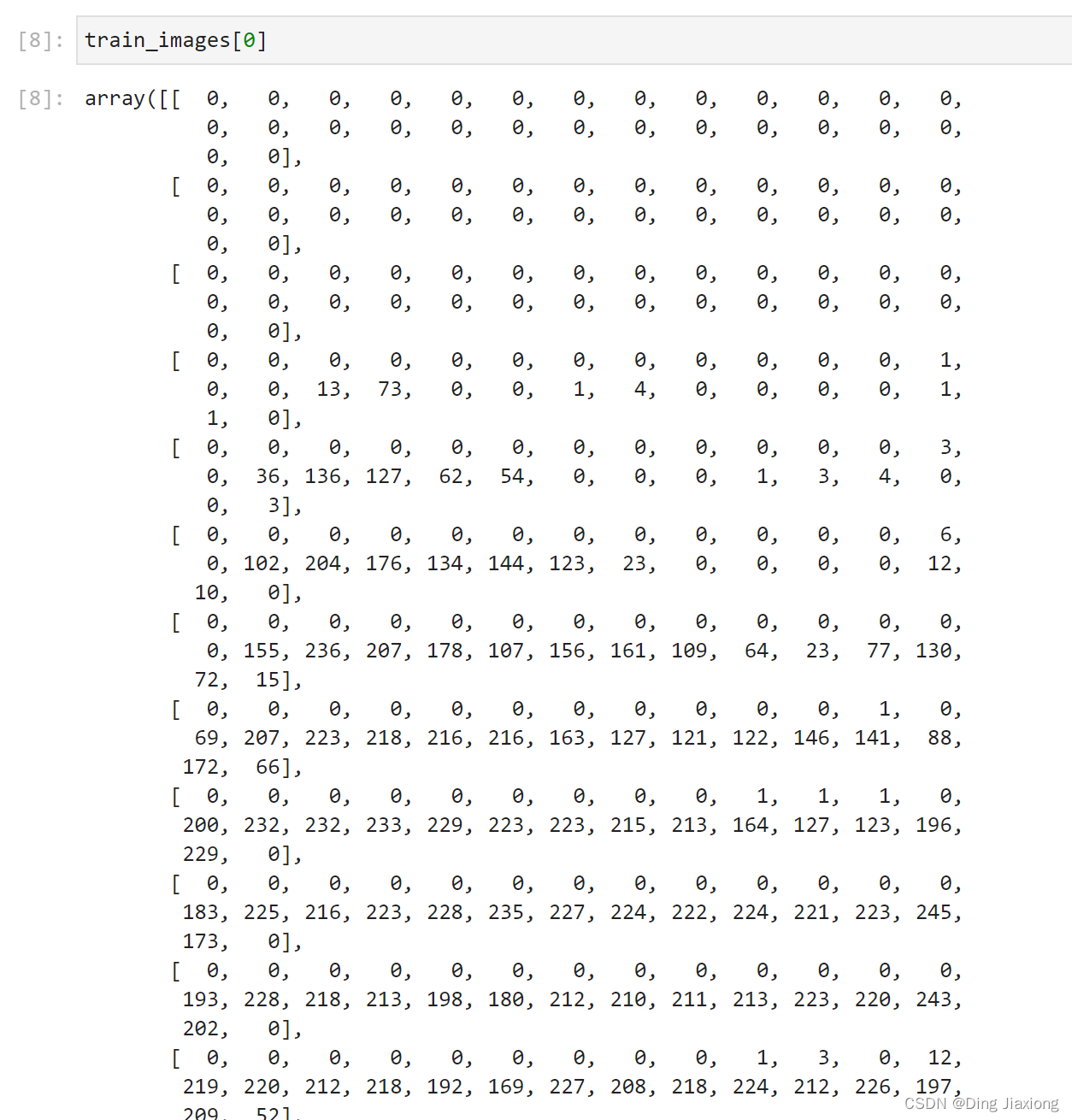
归一化后:
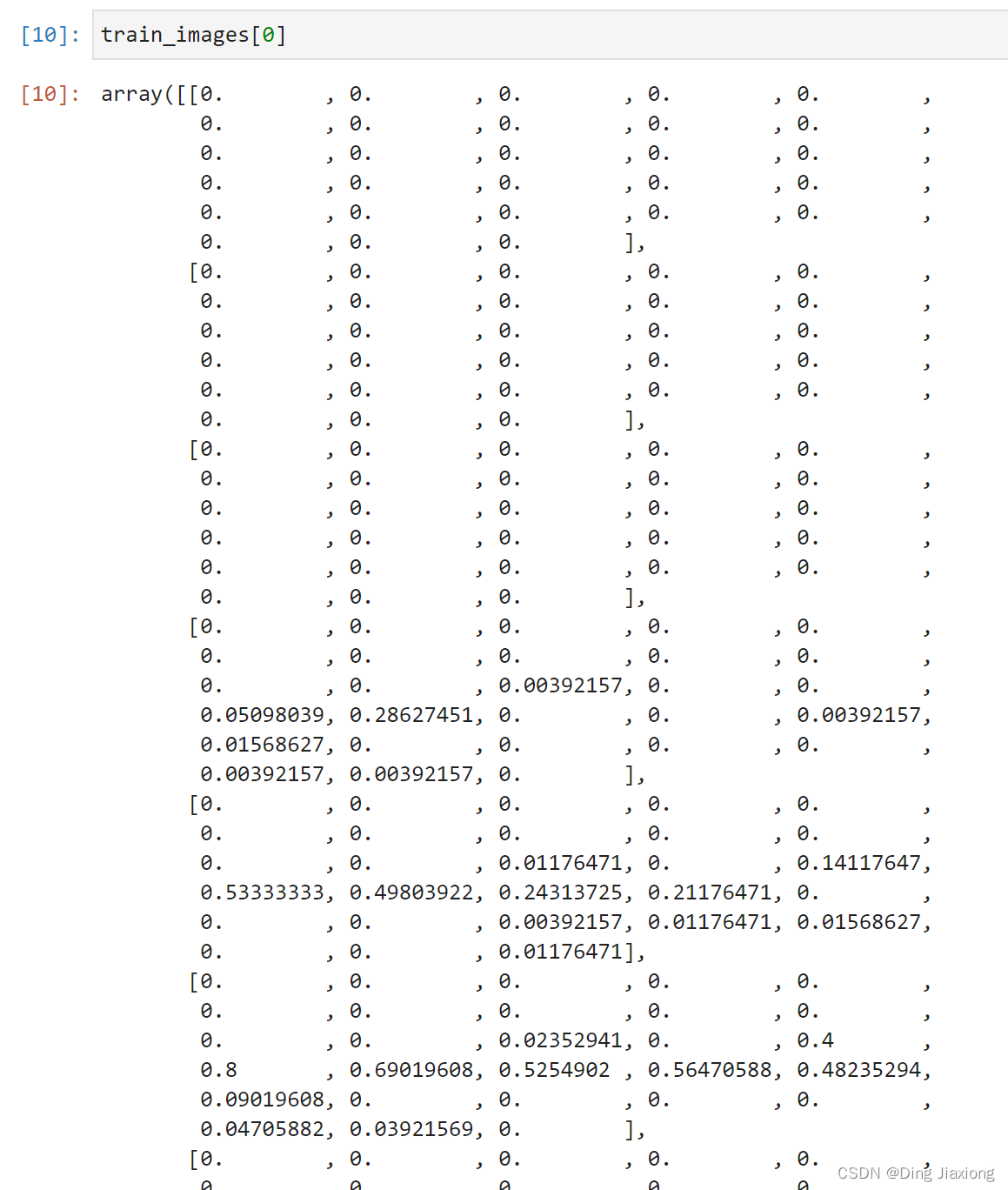
1.4 调整图片格式
train_images = train_images.reshape((60000, 28, 28, 1))
test_images = test_images.reshape((10000, 28, 28, 1))
train_images.shape,test_images.shape,train_labels.shape,test_labels.shape
数据维度转换,增加通道数

1.5 Visually view data images
class_names = ['T-shirt/top', 'Trouser', 'Pullover', 'Dress', 'Coat',
'Sandal', 'Shirt', 'Sneaker', 'Bag', 'Ankle boot']
plt.figure(figsize=(20,10))
for i in range(20):
plt.subplot(5,10,i+1)
plt.xticks([])
plt.yticks([])
plt.grid(False)
plt.imshow(train_images[i], cmap=plt.cm.binary)
plt.xlabel(class_names[train_labels[i]])
plt.show()
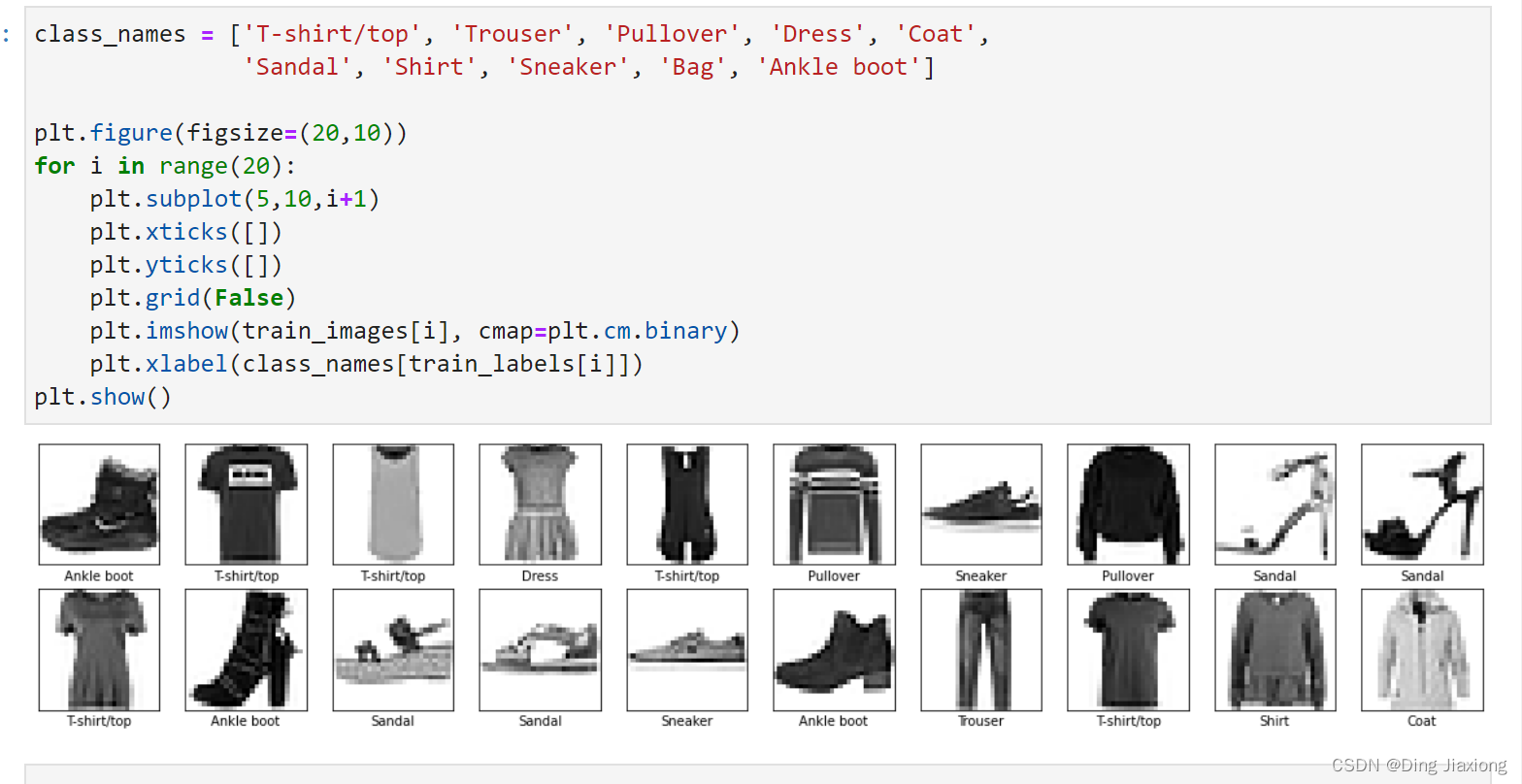
同样只展示0-19Indexed sample image.
2. 构建CNN网络
2.1 构建网络
model = models.Sequential([
layers.Conv2D(32, (3, 3), activation='relu', input_shape=(28, 28, 1)), #卷积层1,卷积核3 x 3
layers.MaxPooling2D((2, 2)), #池化层1,2 x 2采样
layers.Conv2D(64, (3, 3), activation='relu'), #卷积层2,卷积核3 x 3
layers.MaxPooling2D((2, 2)), #池化层2,2 x 2采样
layers.Conv2D(64, (3, 3), activation='relu'), #卷积层3,卷积核3 x 3
layers.Flatten(), #Flatten层,连接卷积层与全连接层
layers.Dense(64, activation='relu'), #全连接层,特征进一步提取
layers.Dense(10) #输出层,输出预期结果
])
model.summary() # 打印网络结构
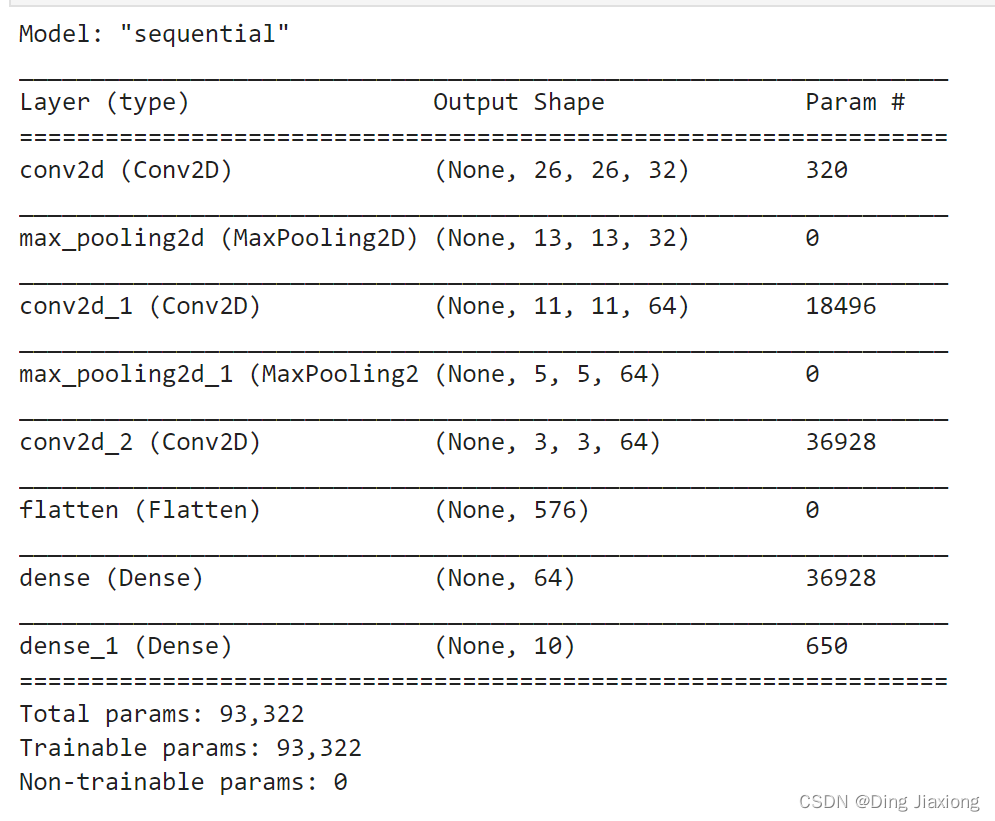
2.2 模型说明

各层的作用:
- 输入层:将数据输入到训练网络
- 卷积层:使用卷积核提取图片的特征
- 池化层:进行下采样,用更高层的抽象表示图像特征
- Flatten层:将多维的输入一维化,常用在卷积层到全连接层的过渡
- 全连接层:特征提取器
- 输出层:输出结果
3. 编译模型
model.compile(optimizer='adam',loss=tf.keras.losses.SparseCategoricalCrossentropy(from_logits=True),metrics=['accuracy'])
compile()方法用于设置训练时,使用的优化器optimizer、损失函数loss、准确率评测标准metrics
SparseCategoricalCrossentropy → 交叉熵损失函数,当from_logits参数为True时,会使用softmax将预测y转换为概率.
4.训练模型
history = model.fit(train_images, train_labels, epochs=10, validation_data=(test_images, test_labels))
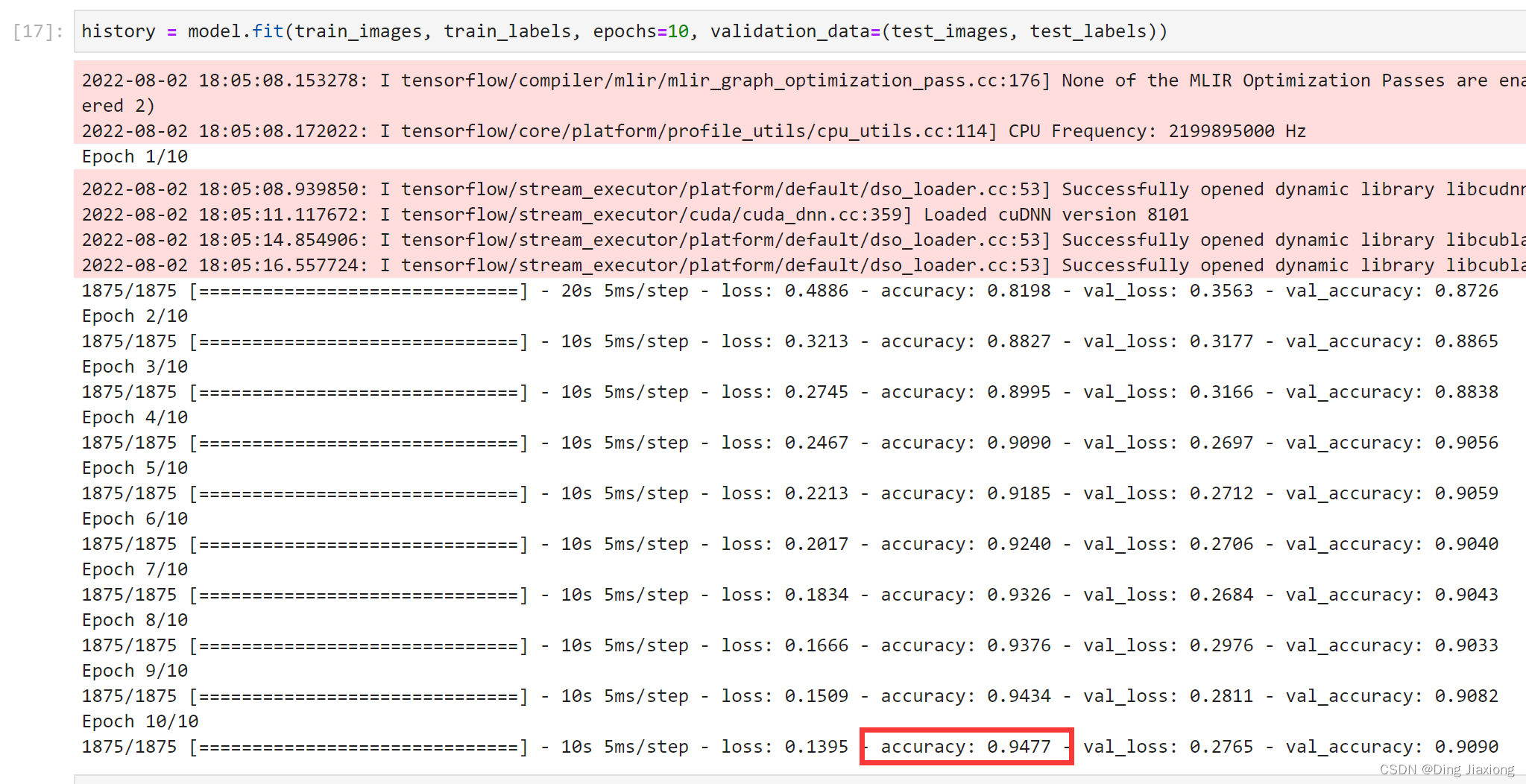
5. 模型预测
The predicted result of the model is an inclusion10个数字的数组,represents a model pair10of each of the different garments 置信度.
pre = model.predict(test_images)
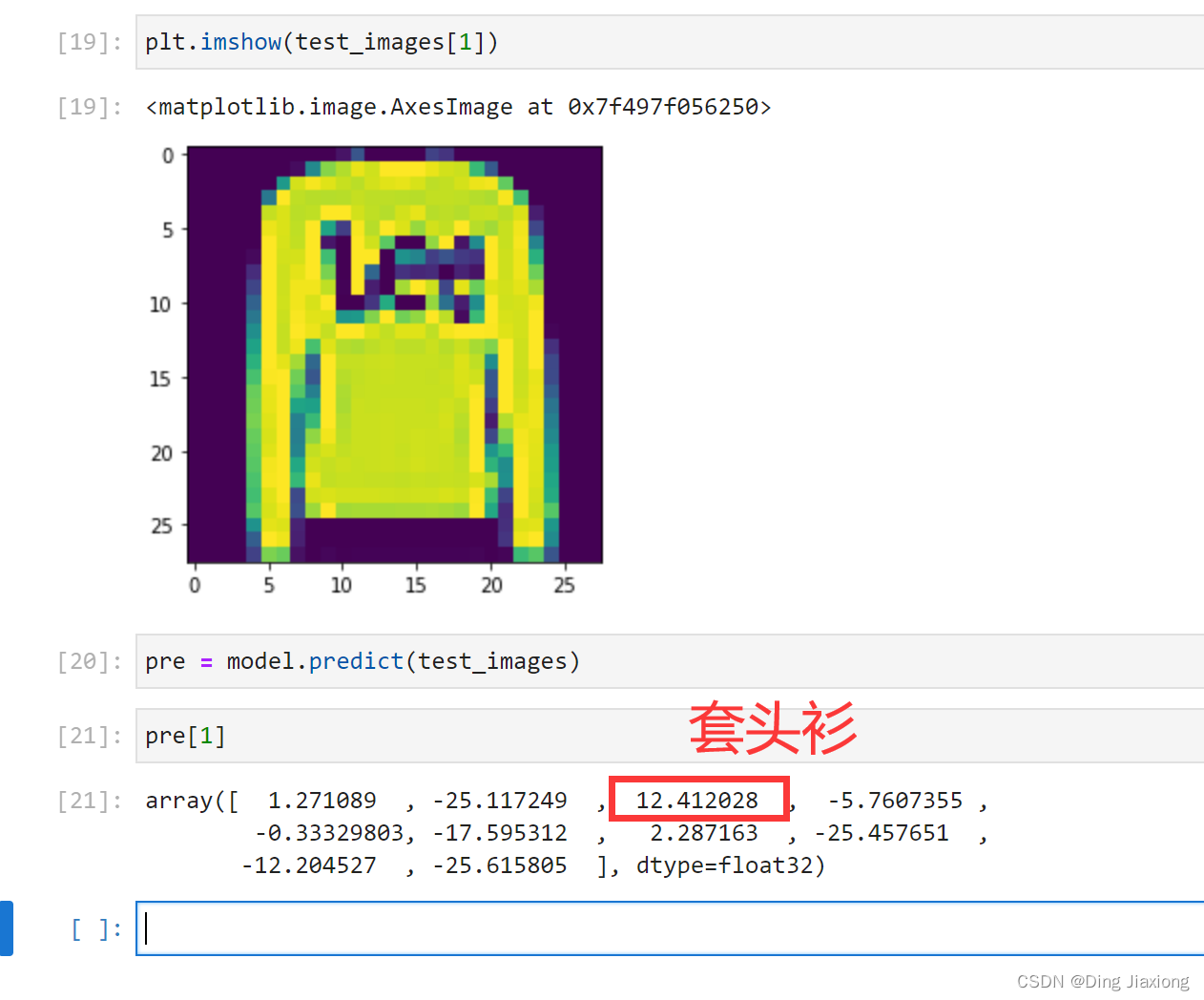
6. 模型评估
plt.plot(history.history['accuracy'], label='accuracy')
plt.plot(history.history['val_accuracy'], label = 'val_accuracy')
plt.xlabel('Epoch')
plt.ylabel('Accuracy')
plt.ylim([0.5, 1])
plt.legend(loc='lower right')
plt.show()
test_loss, test_acc = model.evaluate(test_images, test_labels, verbose=2)
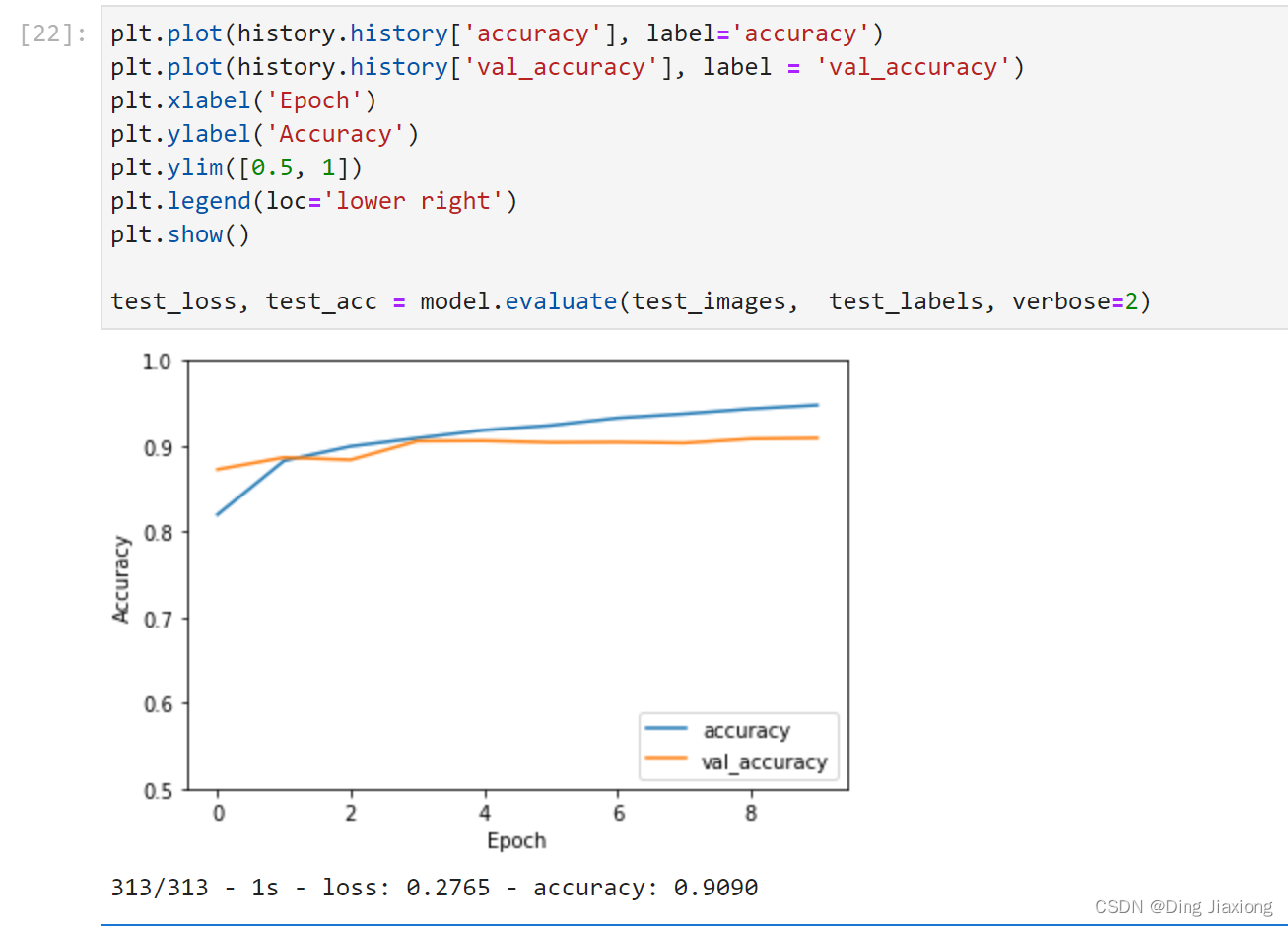

边栏推荐
猜你喜欢
随机推荐
SQL exam questions
MySQL中的视图、索引以及事务的简单使用
深度学习经典网络 -- Inception系列(稀疏结构)
C# Color颜色RGB对照表、颜色选择器
select statement in go
2022T电梯修理考试题及答案
玉溪卷烟厂通过正确选择时序数据库 轻松应对超万亿行数据
进入 SQL Client 创建 table 后,在另外一个节点进入 SQL Client 查询不到
8 月数据库排行榜:Oracle 分数大跌,MySQL 上涨最多
4G采集ModbusTCP转JSON接MQTT云平台
Mysql OCP 28题
从餐桌到太空,孙宇晨的“星辰大海”
GoogLeNet系列解读「建议收藏」
因果图法_软件测试因果图怎么画
CRT命令按键
训练双塔检索模型,可以不用query-doc样本了?明星机构联合发文
VL53L0X V2 laser ranging sensor collects distance data serial output
OPENCV学习DAY7
rpm文件解包提取 cpio
QSplitter(分离部件)


